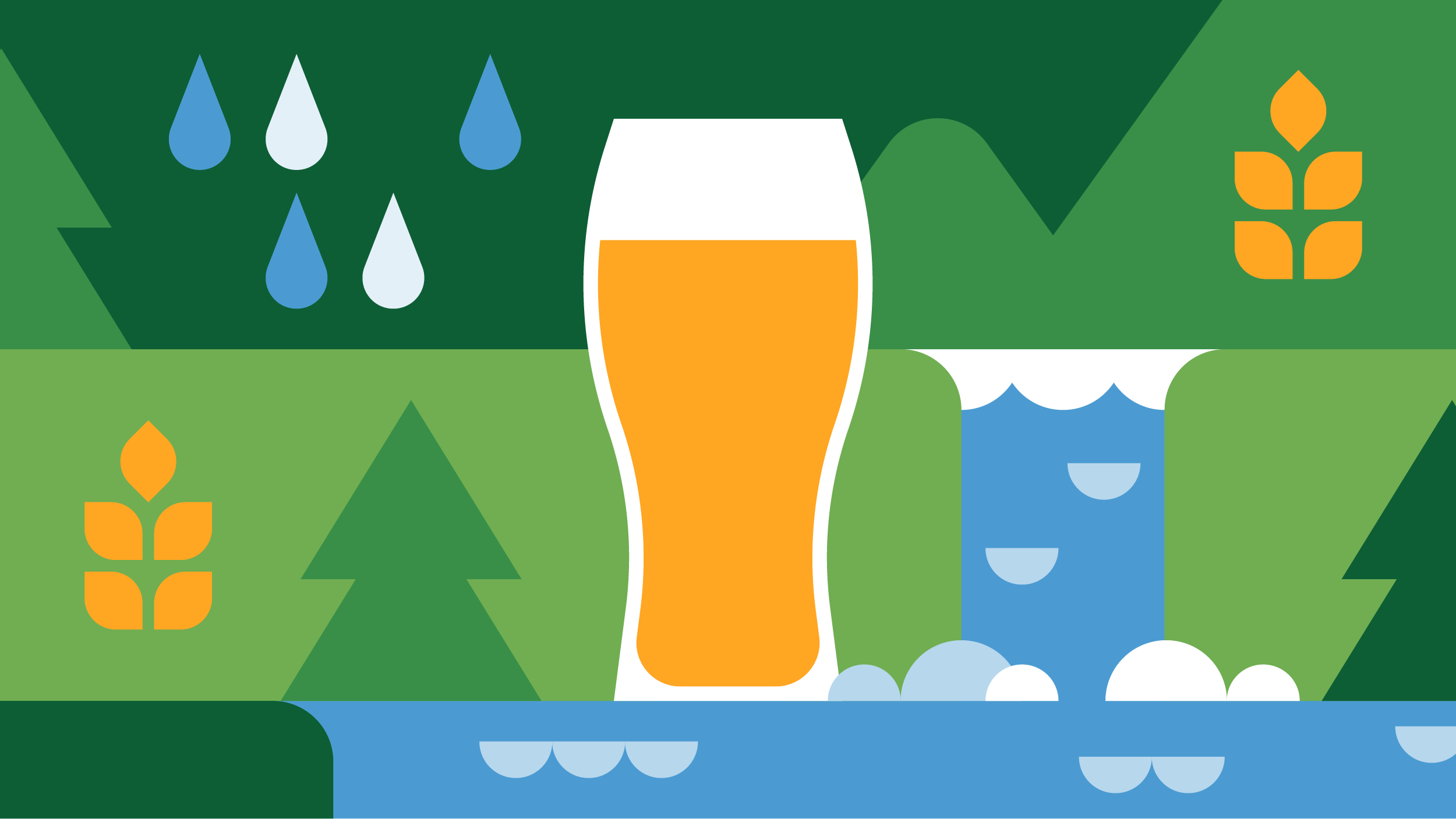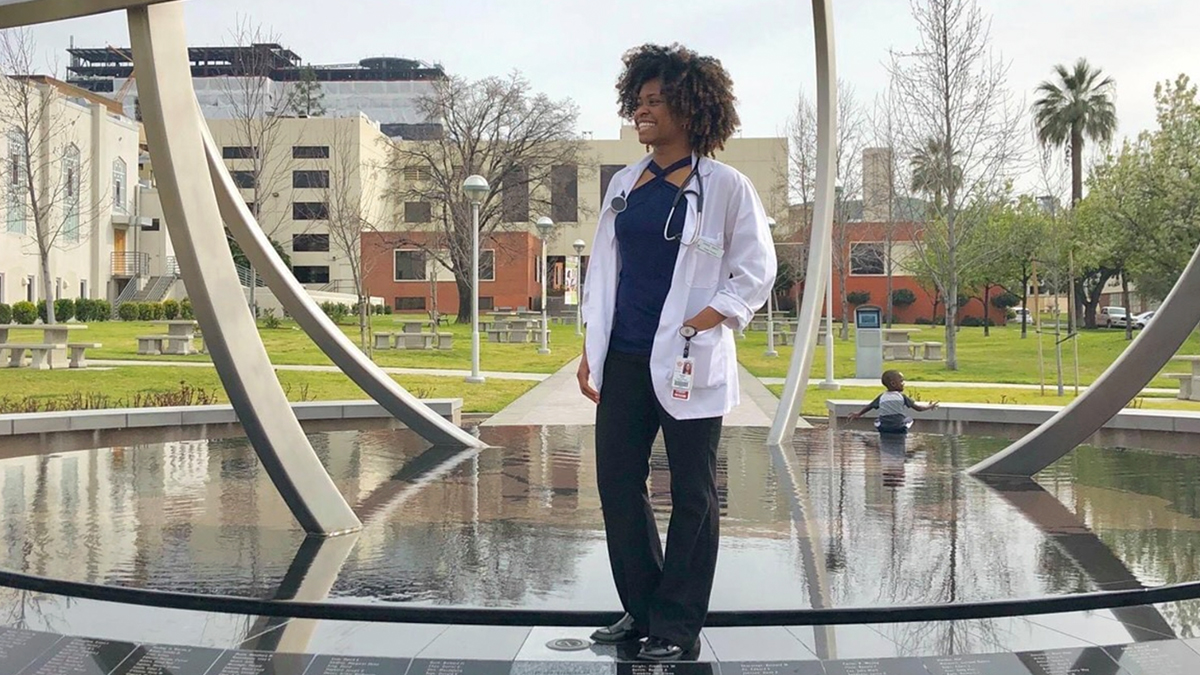Emotional environment
When Meredith Emery photographed geography researchers conducting fieldwork, she couldn’t believe what she saw — a slew of litter along streambeds and forest lines. Now she’s sharing these images through a multimedia project blending art and science in an effort to change how the public relates to and thinks about the local environment.
Along the edge of a small stream in the quaint 1,350-person town of Swepsonville, researchers squat along the water’s edge, collecting data from sensors they’d placed there earlier in the year. Off to the side, Meredith Emery lifts her camera to her face and clicks rapidly, her attention focused on something else completely: a corded telephone tangled amongst the branches of a fallen tree.
“It was such a bizarre thing to see in a stream,” she shares. “Why is that there? Somebody’s memory and experience is integral to that moment. It provokes a lot of questions, and I like that aspect of it.”
Now hanging on the white wall of the critique room within the UNC Art Lab, she points to the juxtaposition within that image, how it signifies the sometimes tense relationship between people and their environment. A slew of other images hang alongside this one — a basketball at the water’s edge, a Styrofoam cup filled with trash, a plastic bag caught in a tree.
Emery captured these landscapes this past spring, while accompanying Carolina geographer Diego Riveros-Iregui and his team into the field as part of a research project for the state to uncover the reason behind the formation of algal blooms in Jordan Lake. When Emery, a senior studio art major and geography minor, asked Riveros-Iregui if she could get involved with his lab, he said she could take pictures of the stream sites he was studying.
More than 800 photos later and with funding from a Summer Undergraduate Research Fellowship, she’s taken 15 of those images, transformed them into decals, and applied them to rectangular clay slabs. Before adding the images, she spent hours crafting each tablet, meticulously packing the clay with varying amounts of sand, pebbles, twigs, grass, and coffee, used to give them a more organic look. Then, using letterpress blocks, she stamped the name of each photograph’s location along the bottoms in red.
Natural cracks also cover all 15 pieces from firing in the kiln, an effect that only adds to the organic nature of the sculptures, Emery says. This part of the process, though, proved to be more difficult than planned — a few of the tablets broke in the kiln. “The biggest lessons for me always lie in the failures of my artistic process,” she says. “Patience and learning to quickly let go of the disappointments are necessary. If something fails, you just have to take it in stride and make it work.”
But with the frustration comes gratitude. This project has helped Emery figure out what kind of artist she wants to be. “I want to make art that’s educational, that people can get something from, that they walk away from thinking, I want to make a life-change off of what I just saw. I think the power of the image and the power of art, in general, moves people in a way that is crucial to helping promote science.”
Viewed together, these images point to the connectedness of all these water bodies, and the reason researchers are studying streams and not Jordan Lake itself — to investigate the larger problem, they need to examine all the sources.
Emery strives to showcase this project at the North Carolina Botanical Garden or another local, public space. But before that happens, she plans to add an audio component that includes soundbites from people who live within the communities surrounding these areas, as well as natural sounds from the sites themselves.
“In that way, you are transported to the space itself,” she says. “And you have more of a personal connection to what you’re viewing.
“I know it’s going to be hard to compel change in people,” Emery continues. “I want to plant a seed, though — an idea of change and awareness about our relationship to the environment. And I want people to ruminate on that and hopefully inspire gradual life changes and greater awareness about how we treat our environment.”




